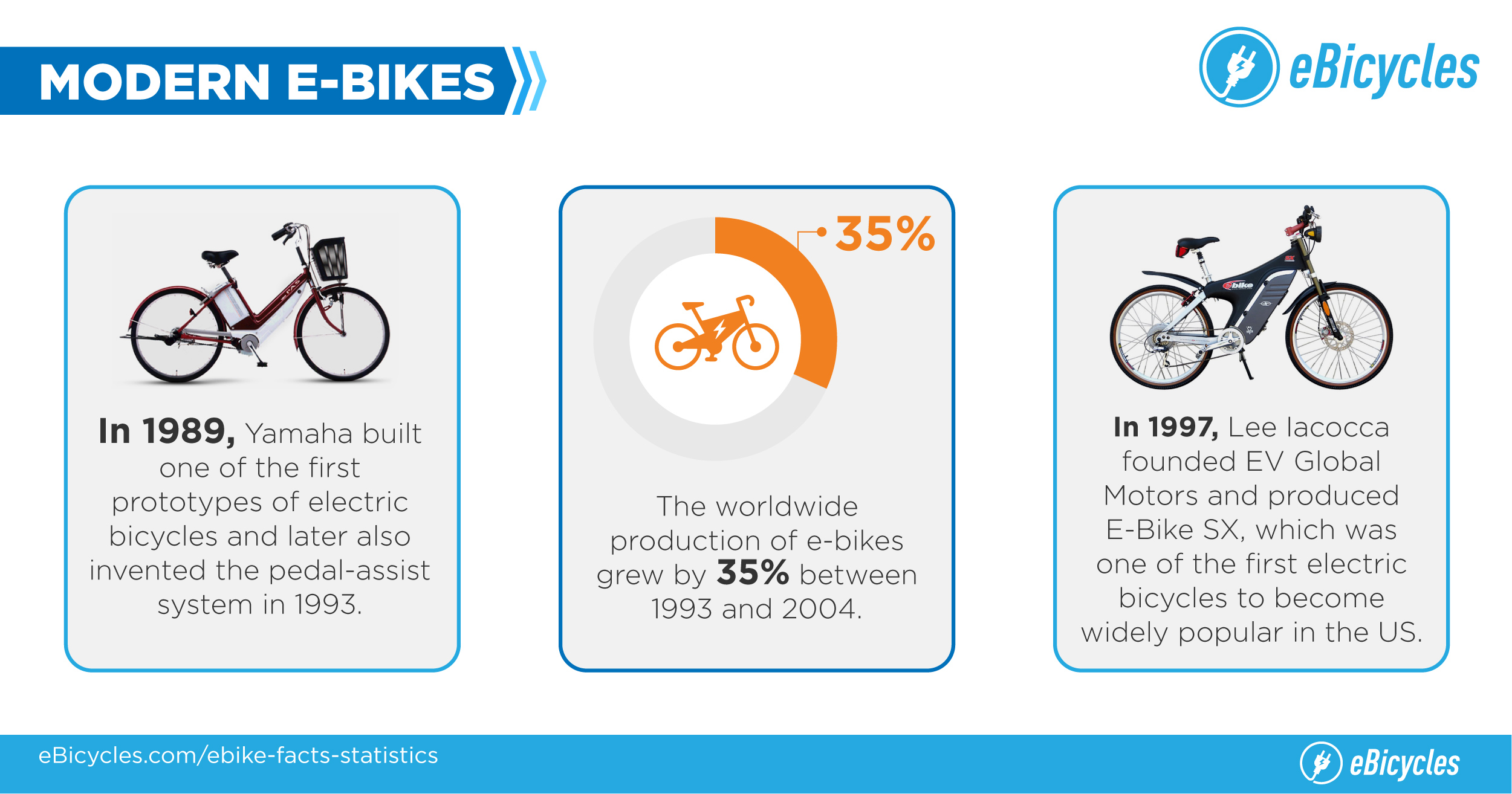An Initial Summary Of E-Bike Regulations And Standards In Your City
An Initial Summary Of E-Bike Regulations And Standards In Your City
Blog Article
Author-Riis Bates
Prior to you hop on your e-bike and hit the streets, it's critical to recognize the regulations and laws that control your city. From rate limits to marked riding locations, there's a whole lot to consider to ensure you're certified and risk-free. By acquainting on your own with the regulations particular to e-bikes, you'll be better geared up to enjoy your adventures without any unforeseen legal problems. Stay tuned to find key insights that will assist you browse the e-bike landscape in your city perfectly.
Understanding E-Bike Category
When it comes to navigating the world of e-bike laws and policies, an important starting point is recognizing the classification system that classifies these electrical bicycles. E-bikes are usually classified into three major groups: Course 1, Class 2, and Course 3.
Class 1 e-bikes are pedal-assist only, indicating they offer help while the motorcyclist is pedaling and have a maximum speed of 20 miles per hour. These bikes are allowed areas where standard bikes are permitted.
Class 2 e-bikes are outfitted with a throttle that can push the bike without pedaling. They likewise have a maximum speed of 20 miles per hour and appropriate for bikers that may need help without pedaling continuously.
Course 3 e-bikes are similar to Course 1 but with a higher maximum speed of 28 mph. These bikes are frequently restricted from particular bike paths or trails because of their greater rates.
Recognizing these categories is crucial for abiding by neighborhood laws and guaranteeing a safe and satisfying e-biking experience.
Navigating Rate Restrictions and Constraints
To effectively navigate e-bike legislations and policies, it's crucial to comprehend the rate limitations and constraints that relate to different courses of electrical bikes.
Speed restrictions for e-bikes vary depending on the classification of the bike. Class 1 e-bikes, which are pedal-assist just and have a maximum speed of 20 mph, are generally allowed on bike lanes and paths.
Course 2 e-bikes, which have a throttle in addition to pedal-assist and also reach speeds of approximately 20 mph, may be limited in particular areas where motorized vehicles aren't permitted.
Course 3 e-bikes, with pedal-assist approximately 28 mph, are usually called for to adhere to the same rules as conventional bicycles.
It is essential to follow these speed restrictions and constraints to guarantee your safety and the security of others on the road. Before riding your e-bike, familiarize yourself with the particular regulations in your city to prevent any type of prospective fines or legal issues.
Where to Ride Your E-Bike
To identify where you can ride your e-bike, it's essential to know the regulations and standards certain to your place. In a lot of locations, e-bikes are typically allowed on roadways and roads where typical bicycles are allowed. This might include bike lanes, bike courses, and shared highways. Nevertheless, it's crucial to check local laws as some cities might have details constraints on where e-bikes can be ridden.
When riding your e-bike, constantly prioritize safety by adhering to website traffic rules and respecting pedestrian pathways. Additionally, bear in click here marked bike lanes or courses in your area and use them whenever possible to make sure a smoother and more secure experience.
Some cities likewise have policies pertaining to e-bike use on sidewalks, so make certain to familiarize yourself with these regulations to prevent any penalties or charges.
linked here
Since you know with the regulations and policies bordering e-bikes in your city, you can confidently hit the trail recognizing where you can ride and what constraints apply to your e-bike classification. Keep in mind to always prioritize safety and security and comply with the policies to make certain a smooth and legal trip. Pleased riding!
